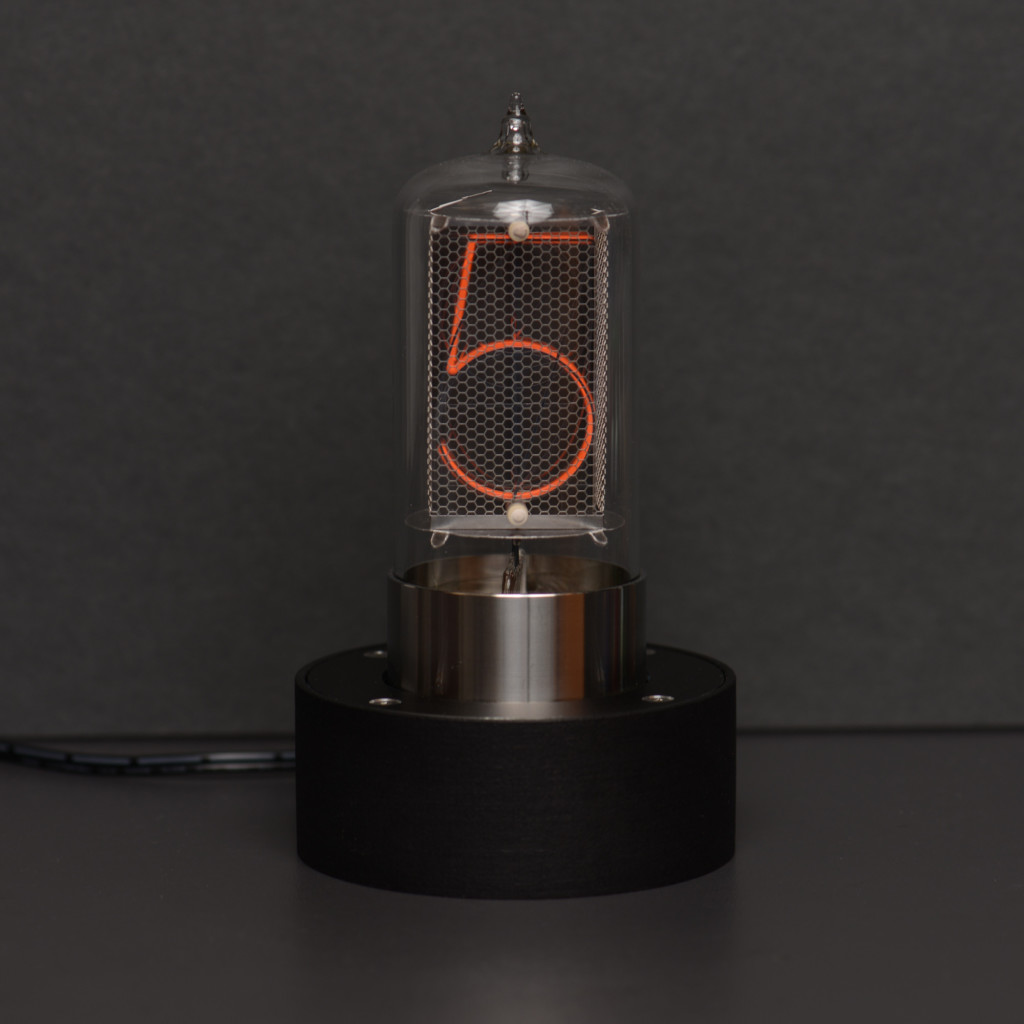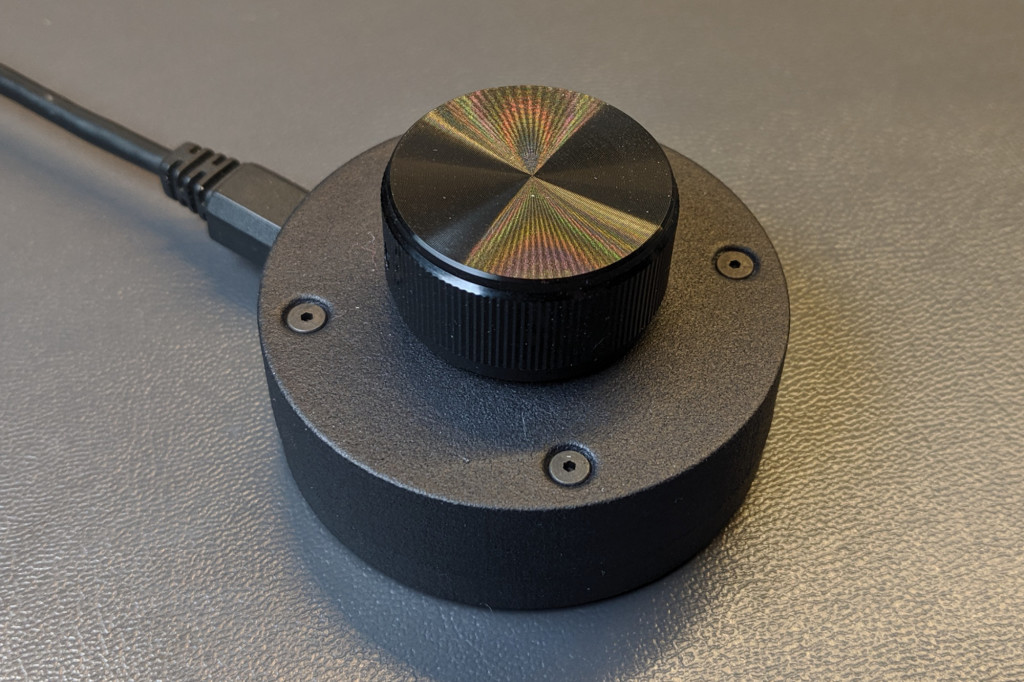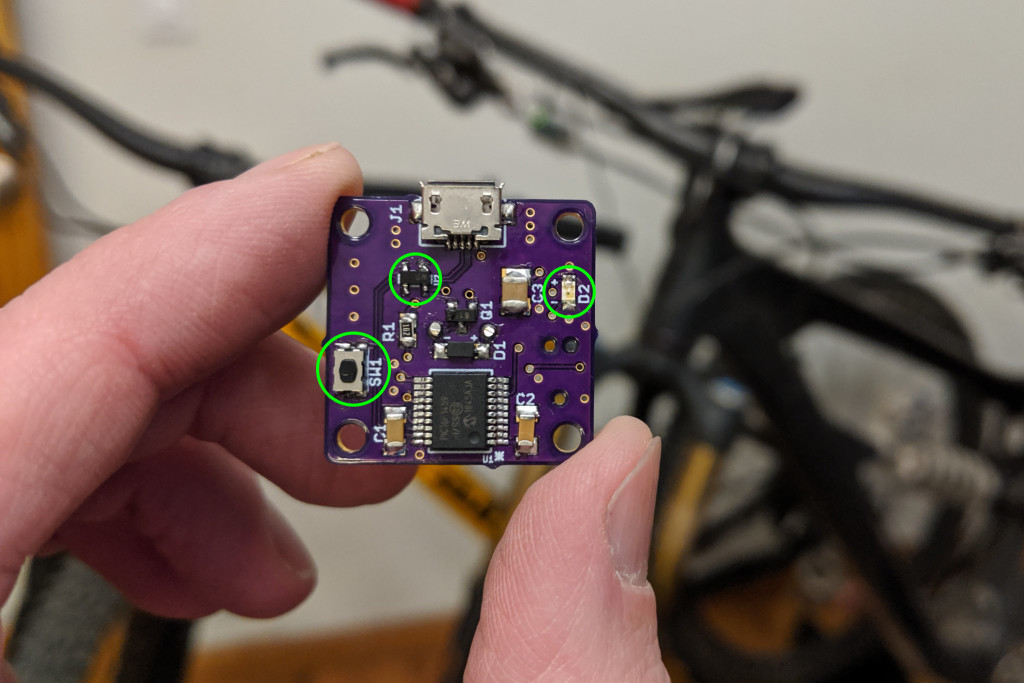This is a vintage VFD tube clock that uses Ethernet for both power and data. The power is provided using 802.3at PoE+ and a Molex PD Jack that contains both integrated magnetics and a PoE Type 2 PD controller. The IP stack runs on a Microchip PIC18F67J60 microcontroller that has an integrated Ethernet MAC and PHY. The IP stack includes DHCP, DNS, NTP, and LLDP functionality.
Pinned Posts
-
Recent Posts
Recent Comments
Archives
- June 2024
- April 2024
- January 2024
- December 2023
- November 2023
- June 2023
- May 2023
- February 2023
- January 2023
- December 2022
- November 2022
- January 2022
- August 2021
- May 2021
- February 2021
- December 2020
- November 2020
- June 2020
- April 2020
- March 2020
- February 2020
- January 2020
- December 2019
- November 2019
- October 2019
- September 2019
- June 2019
- May 2019
- April 2019
- March 2019
- May 2018
- April 2018
- March 2018
- February 2018
- October 2017
- July 2017
- April 2017
- May 2015
- April 2015
- June 2014
- May 2014
- April 2014
- July 2012
Categories
- 3D CAD/CAM
- 3D Printing
- Arduino
- BeagleBone Black
- CNC Milling
- DMX / Art-Net
- Ethernet
- FPGA
- Fusion 360
- LED Matrix
- Lighting
- Machine Vision
- Matlab
- Microchip
- PIC18
- PIC24
- Power over Ethernet (PoE)
- RGB LED
- Robotics
- SAMD21
- SketchUp
- Teardowns
- Trailview
- Trailview Software
- Uncategorized
- USB
- USB Human Interface Device (HID)
Meta







